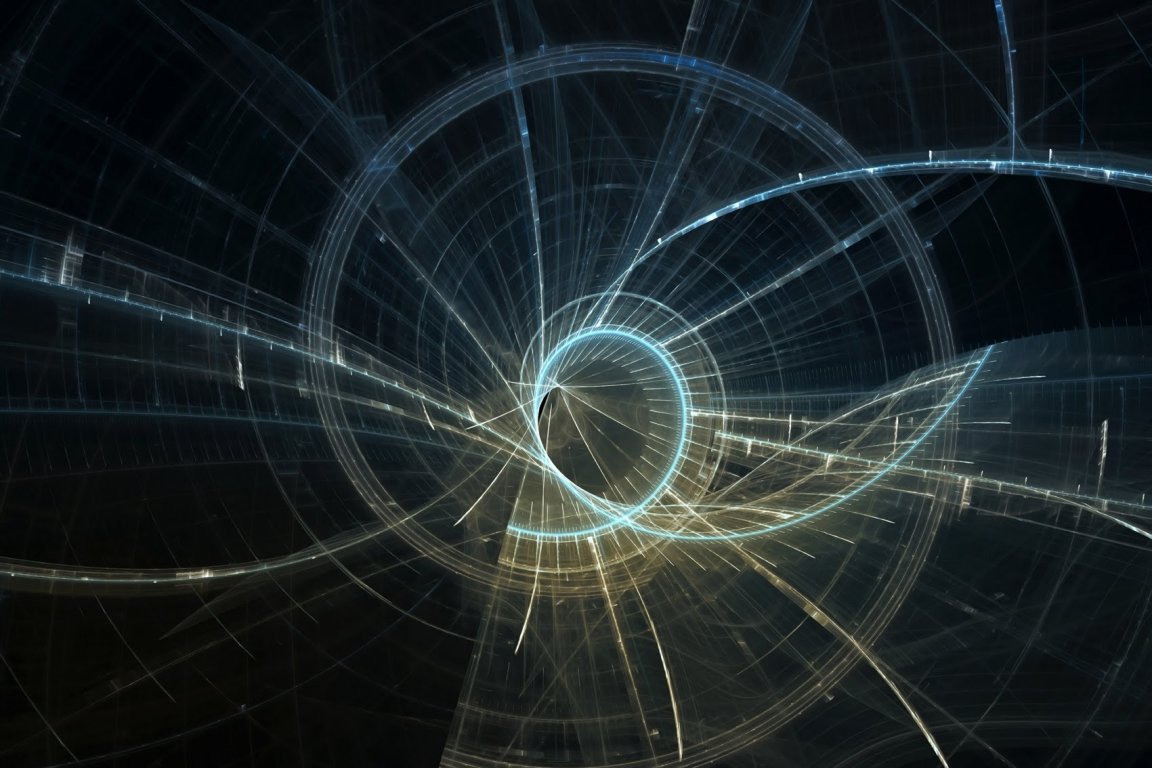
Mysterious and Dark
Understanding what dark matter is has proven to be amazingly difficult. Of course, one might expect this from a thing that is, for all intents and purposes, entirely invisible. Scientists have come to the conclusion that dark matter exists by observing the way gravity behaves—either our model of gravity is in need of an update, or dark matter exists. The latter is the most likely conclusion.
While there seem to be several phenomena explainable only by the existence of dark matter, there hasn’t been actual proof that it indeed exists. Studies abound, of course, but to date they have been inconclusive.
What (we think) we know is that dark matter comprises around 25-27% of the mass and energy in the observable universe. It cannot be seen, as it doesn’t seem to interact with photons, but it does interact with gravity, making it “observable.”
That may not be a lot to go on, but it’s enough for a team of German-Hungarian scientists from the University of Wuppertal, Eötvös University in Budapest, and Forschungszentrum Jülich to work with.
By extending the Standard Model of particle physics and using the JUQUEEN (BlueGene/Q) supercomputer at Jülich’s lab, the team led by Zoltán Fodor came up with elaborate calculations to predict just what particles make up dark matter.
The study is published in Nature.

The lightweight contender
Understanding what dark matter is, scientists believe, depends largely upon figuring out what particles make it up. It could be one of two possibilities: either dark matter is composed of a few very heavy particles or several light ones. Fodor’s team looked towards the latter. Of these, axions seem to be the most promising — although still hypothetical. What the researchers needed was evidence that these extremely light subatomic particles indeed exist.
Theoretically, the existence of axions can be explained as an extension to quantum chromodynamics (QCD), which predicts that very weakly interacting particles whose mass depend on quantum topological fluctuations can exist. To demonstrate this, the team needed the JUQEEN supercomputer to calculate the conditions by which axions can exist and contribute to the matter making up the universe.
The results were promising. If dark matter is largely made up of axions, these should posses a mass of 50 to 1500 micro-electronvolts (standard units of particle physics), which is up to ten billion times lighter than electrons — that’s an average of 10 million axions per cubic centimeter of the universe. In the Milky Way alone, there should be about one trillion axions per cubic centimeter.
“The results we are presenting will probably lead to a race to discover these particles,” says Fodor. At the very least, this study gives physicists a concrete range for their search of axions. The team also predicts that, within a few years, it will be possible to experimentally confirm or rule out the existence of axions. Thanks to the Jülich supercomputer, we may be a step closer to figuring out dark matter…now that we know what we need to look for.